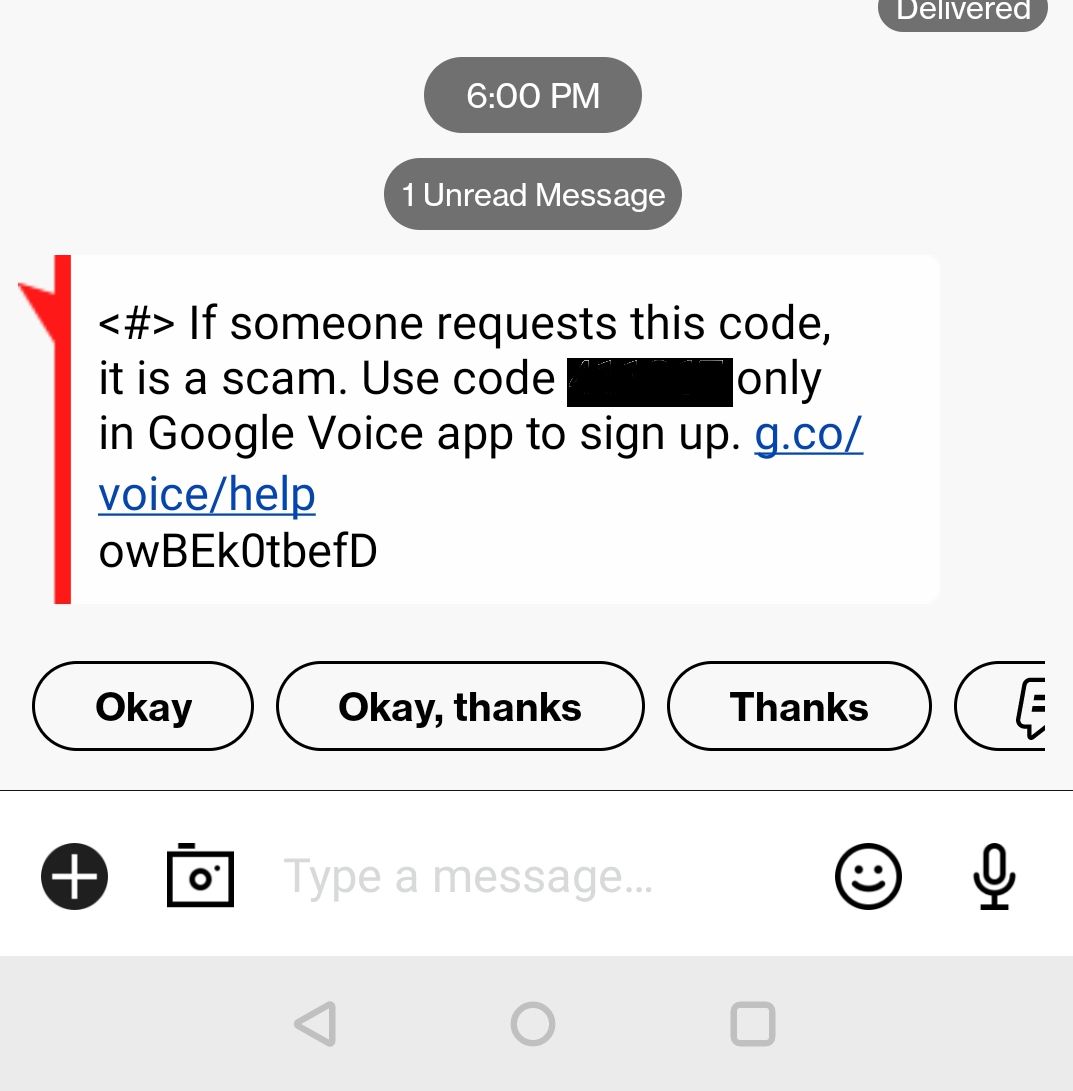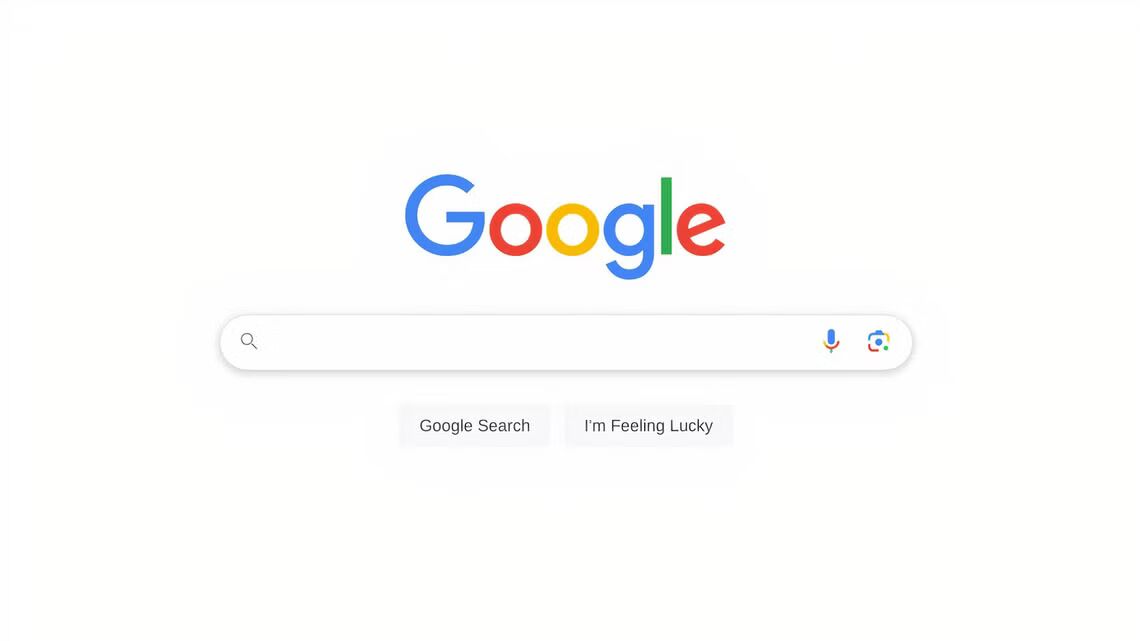Verification code scams have been around as long as verification codes themselves, and the Google Voice scam specifically is one that refuses to fully go away – likely because it’s so easy to fall for it. Here’s how to spot and avoid this strange bit of fraud.
What Is the Google Voice Scam?
The short answer is that it’s when someone contacts you and asks for your Google Voice verification code. Simple enough, but the ways it gets dressed up are often what get you.
Most commonly, someone will ask for this code to “verify your identity.” Say you’re selling something online (via eBay, Craigslist, Facebook Marketplace, etc.), and somebody contacts you interested in it.
You chat for a while, but they express some doubts. They’re afraid you might be a scammer and want to try to make sure you’re legitimate. They say they will send you a verification code from Google to verify your identity, and you just need to recite it back to them. You do so, and they disappear; they never had an interest in your item; they just wanted the code.
The details might vary. They could contact you about your lost pet, your local business, or anything else you might have put your phone number out for.
How to Spot the Google Verification Code Scam
The simplest answer is found on every verification code you get from a legitimate sender: “Don’t share this code with anyone else.” Anybody asking for a verification code is either up to no good or is just unaware of why this is a bad thing to ask for. Either way, you shouldn’t be giving people your code.
This isn’t unique to the Google Voice scam; it applies to any phone or verification scam. If anybody, for any reason, asks you for a verification code from any source…do not give it to them, whether they claim to be an employee of the company or not.
These verification codes are automated for a reason. There is no reason any person should ever ask you for them, especially if they are an employee of the company sending the code. Those personnel should be trained never to ask for these codes in the first place.
How Dangerous Is the Google Voice Scam?
Thankfully, this variant of a verification code scam is pretty low stakes, at least for you. The main purpose of this scam is to get the verification code so they can create a Google Voice account in your name.
Google Voice accounts are unique; you only get one chance to associate your phone number with a Google Voice account. So, you’re getting the verification code because they’ve used your phone number to try to sign up for a Google Voice phone number; the verification code you receive was Google trying to verify that it’s really you trying to sign up for this account.
So, at this point, you will have given them access to a verified throwaway phone number that they will likely use to defraud other people. Also, you can no longer create a Google Voice account number. Even if you contact Google to get this problem rectified (which you should), you will not be allowed to make a Google Voice phone number associated with this account in the future.
How to Avoid the Google Voice Scam (and Others Like It)
As mentioned, you should never give anyone a verification code for any reason. That is the simplest and most foolproof method of avoiding a scam like this.
But to speak more broadly, you should not give unprompted information to an unverified person. If somebody contacts you (i.e., you are not initiating the call), your guard should always be up. Think carefully about any questions they ask and whether the information you are being asked to provide could be considered private.
Your name and email address can probably be disclosed safely. These are front-facing bits of information that you’re putting out there to identify you. Anything else should be kept to yourself. This doesn’t just include the obvious things like credit card numbers or your social security number; it also includes the names of family members or pets, where you work, restaurants or businesses you frequent, etc., which can all be used for social engineering attacks like this scam.




